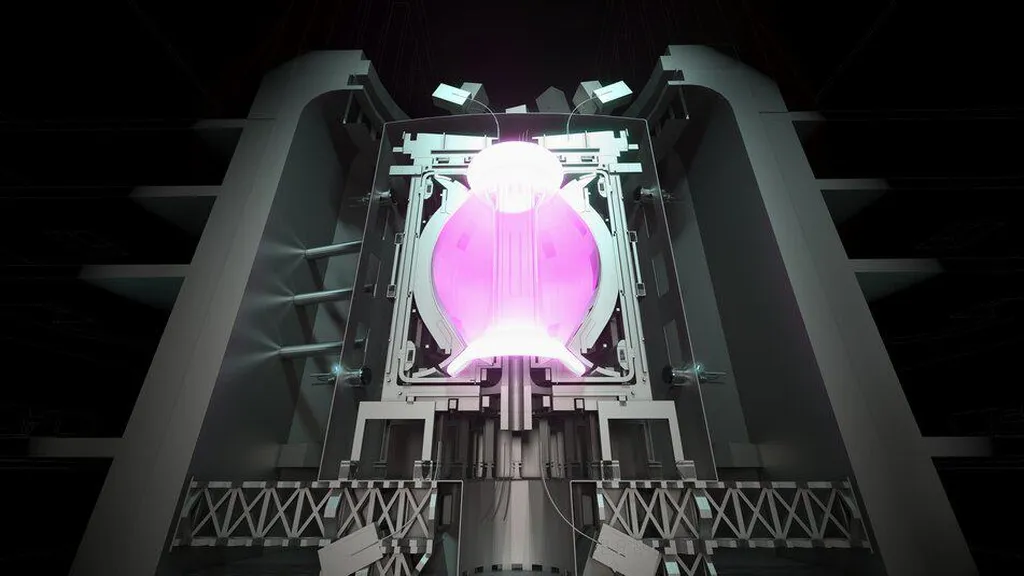In the quest for clean, sustainable energy, nuclear fusion remains one of the most promising frontiers. Recent research published in the journal “Nuclear Fusion” titled “Confinement of fusion alpha-particles and Alfven eigenmode stability in STEP” sheds light on critical aspects of the Spherical Tokamak for Energy Production (STEP) program, a UK-led initiative aimed at designing a prototype fusion power plant. The study, led by A.P.K. Prokopyszyn of the United Kingdom Atomic Energy Authority (UKAEA) at Culham Campus, delves into the confinement of alpha-particles and the stability of Alfvén eigenmodes, both of which are pivotal for the success of fusion energy production.
The STEP program is focused on building a power plant that can generate approximately 1.5–1.8 GW of deuterium-tritium fusion power. To achieve this, the alpha-particles produced by the fusion process must be adequately confined to maintain the high temperatures necessary for sustained fusion reactions and to protect the reactor walls from excessive damage. “Alpha-particles are crucial because they not only contribute to the self-heating of the plasma but also pose significant challenges in terms of confinement and stability,” explains Prokopyszyn.
The research employs advanced modeling techniques, including the LOCUST (Lorentz Orbit Code for Use in Stellerators and Tokamaks) code to simulate alpha-particle confinement and heat-load distribution on the reactor wall, and the HALO (HAgis LOcust) code to model toroidal Alfvén eigenmodes (TAEs). These simulations are essential for identifying the optimal operating configurations for the STEP reactor.
One of the key findings of the study is that acceptable confinement in terms of power loading can be achieved in candidate flat-top operating points. However, the results are highly sensitive to certain system parameters. For instance, a change in the phase difference between the upper and lower edge localized mode suppression coils can increase the maximum power load on the first wall due to alpha-particle losses by a factor of 10. This sensitivity underscores the importance of precise control and optimization in the design and operation of fusion reactors.
The implications of this research are significant for the energy sector. As the world seeks to transition to cleaner energy sources, fusion power holds the promise of virtually limitless energy with minimal environmental impact. The insights gained from this study will be instrumental in shaping the future development of fusion power plants, ensuring that they are not only efficient but also safe and sustainable.
“Our findings highlight the critical role of alpha-particle confinement and TAE stability in the design of fusion reactors,” says Prokopyszyn. “By understanding these dynamics, we can make significant strides towards achieving practical fusion energy production.”
As the STEP program continues to advance, the research published in “Nuclear Fusion” provides a crucial foundation for the development of next-generation fusion power plants. The insights gained from this study will undoubtedly influence the trajectory of fusion energy research, bringing us one step closer to a future powered by clean, sustainable fusion energy.

